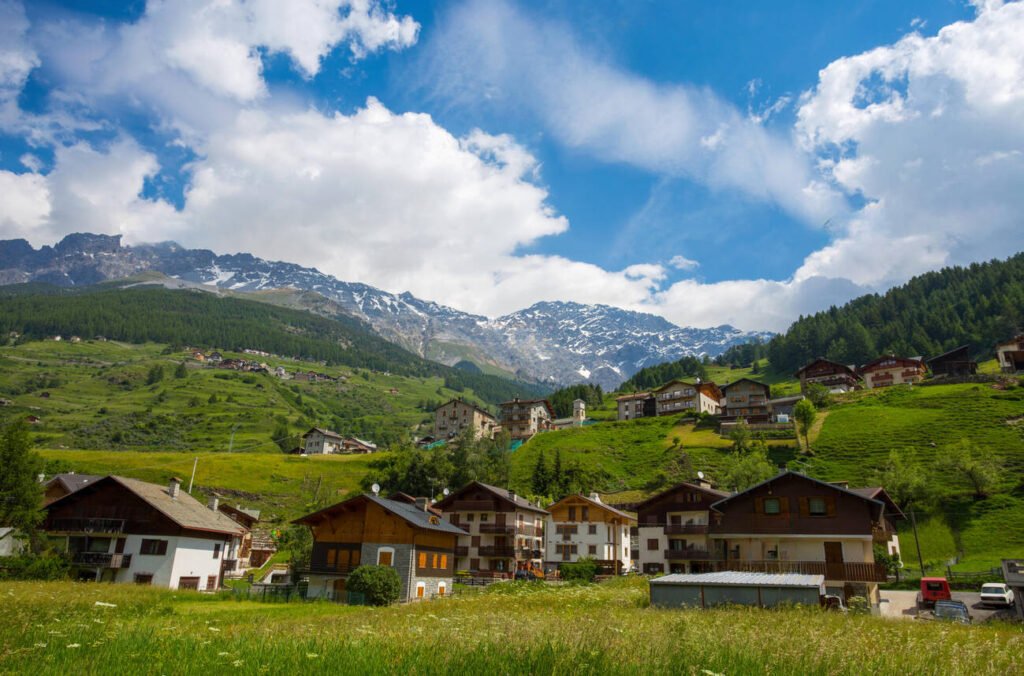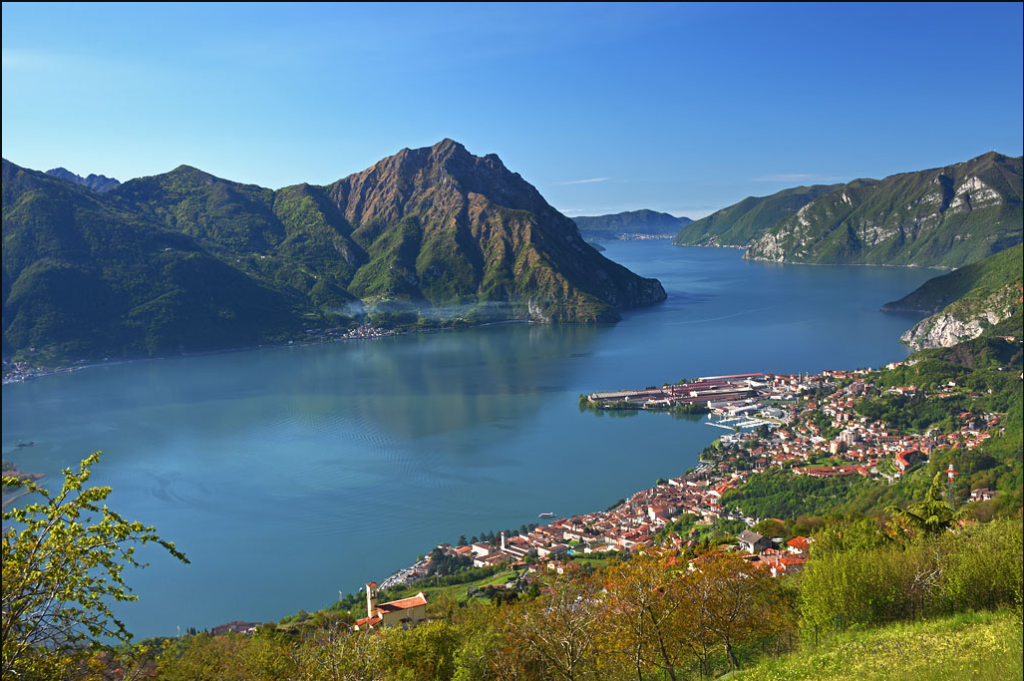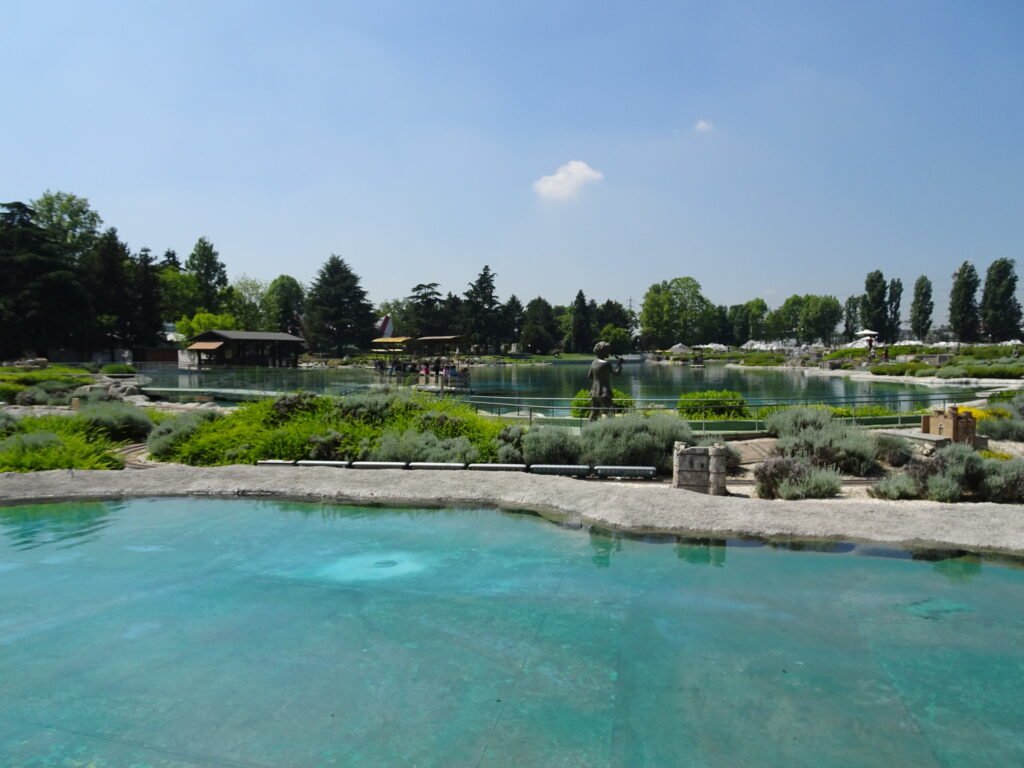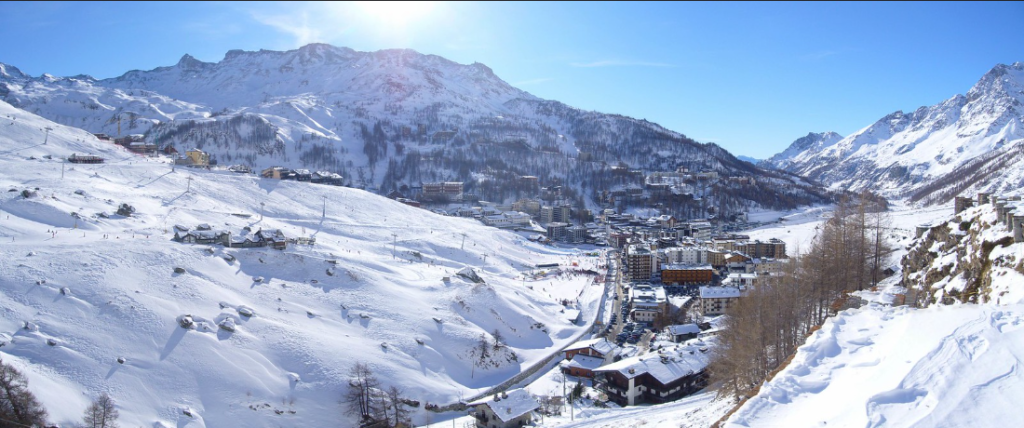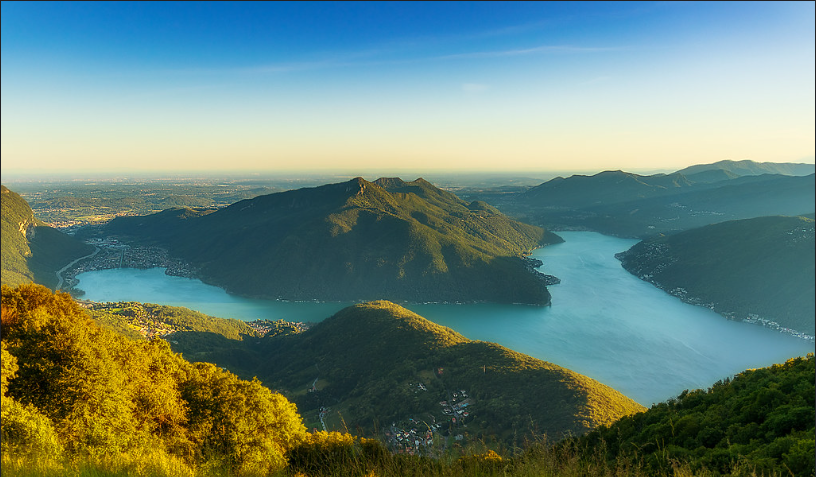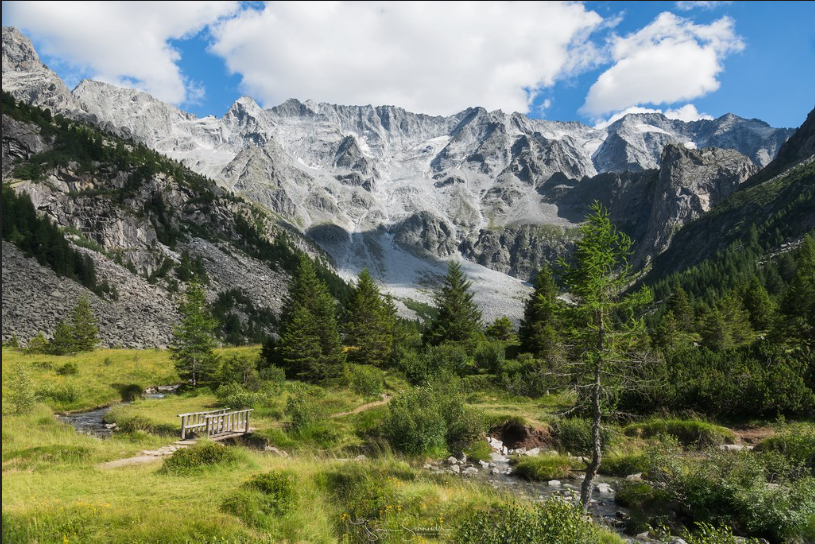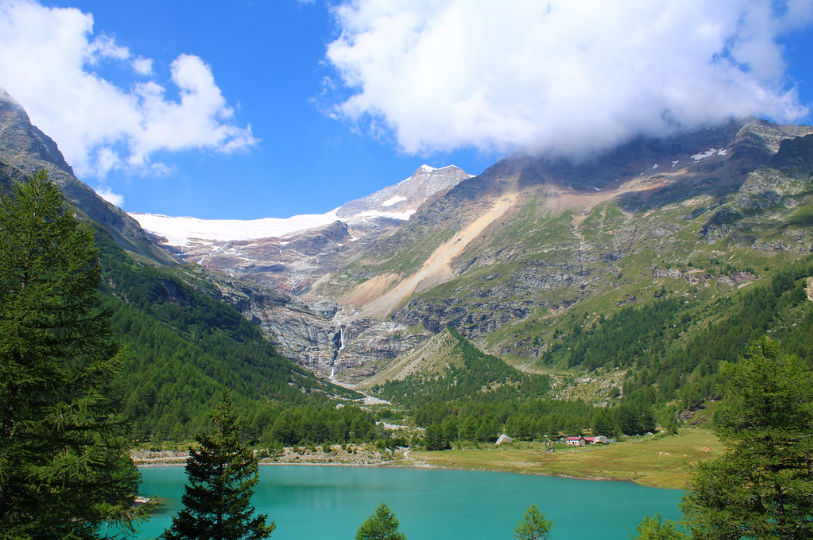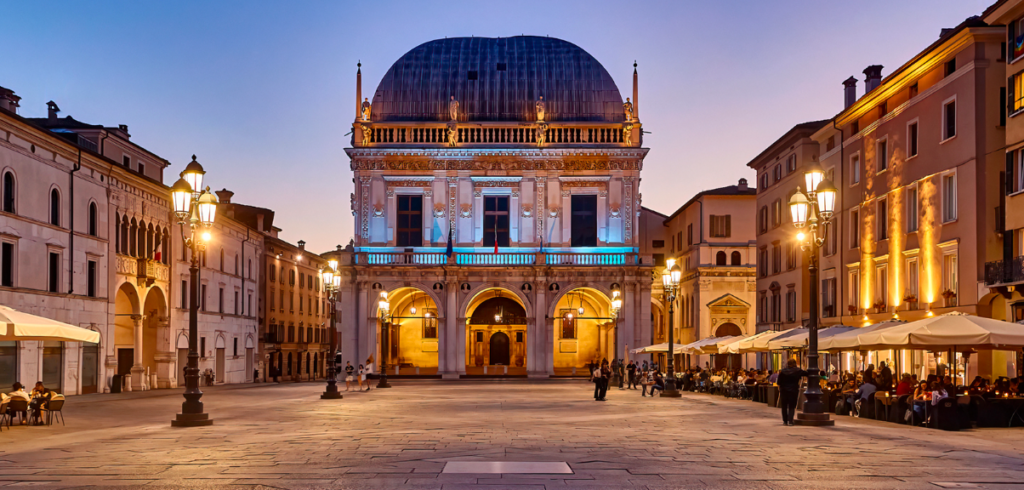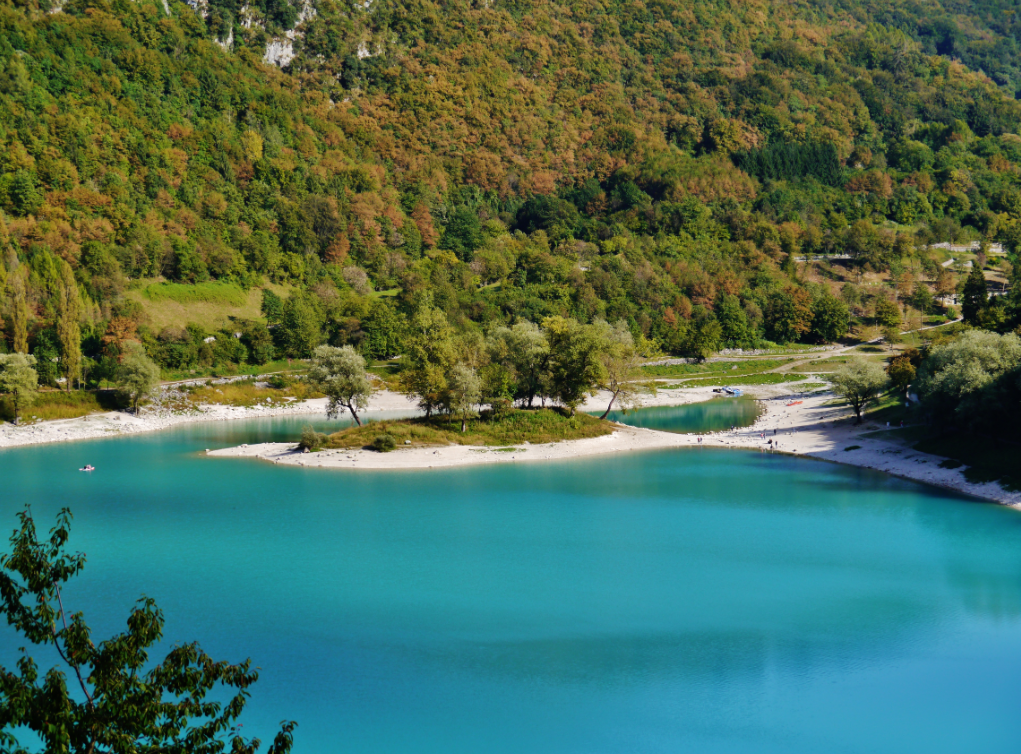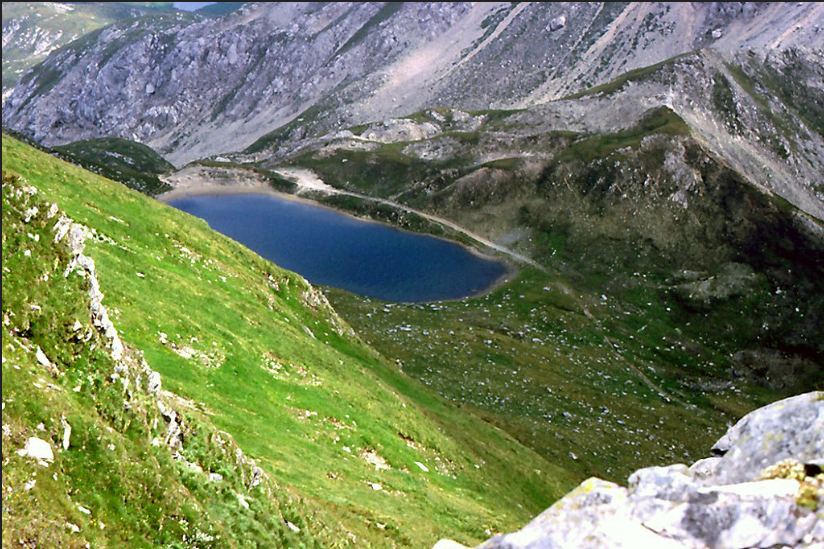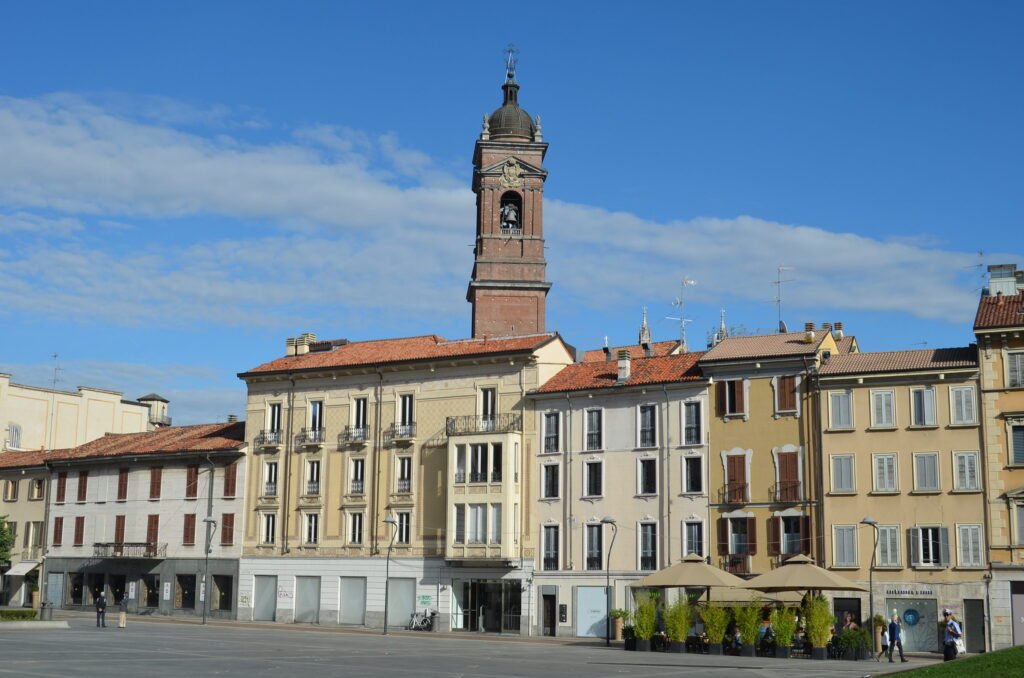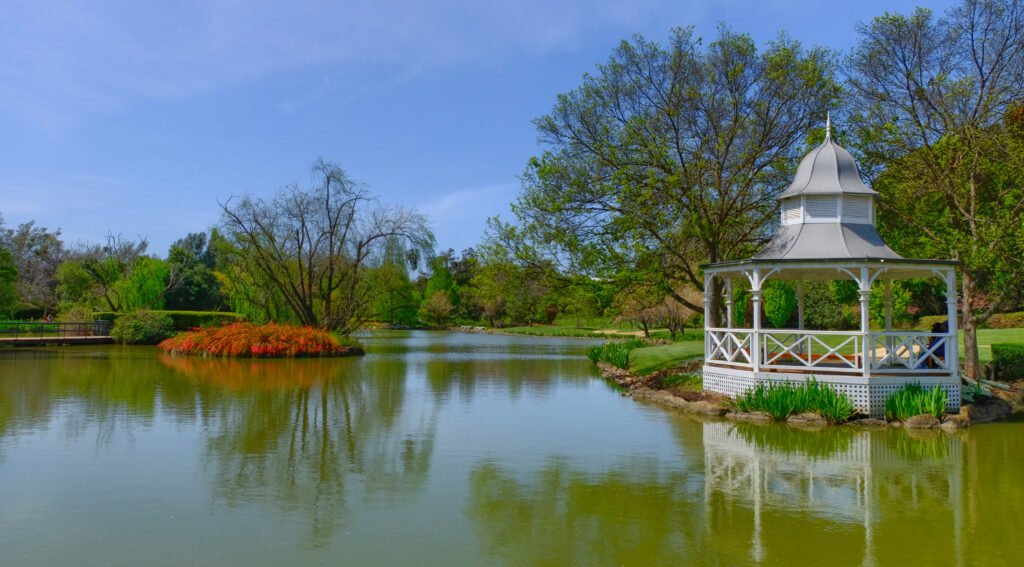Walk The Way of Faith - St. Francis Pilgrimage, Italy
St. Francis pilgrimage route Italy(Cammino di San Francesco)
The Way of St. Francis pilgrimage route Italy—starting in Rome, you’ll visit world-famous sites like St. Peter’s Basilica and the Basilica of St. John Lateran.
From there trails leading to the spiritual heart of this journey—Assisi, the home of St. Francis himself.
But don’t stop there! Keep going to the Sanctuary of La Verna, the sacred site where St. Francis received the stigmata.
Starting St. Francis pilgrimage
- St. Peter’s Basilica (Vatican City, Rome) – The spiritual heart of Catholicism, where pilgrims can seek blessings for their journey.
Basilica of St. John Lateran – The official cathedral of the Pope and one of the oldest churches in Rome.
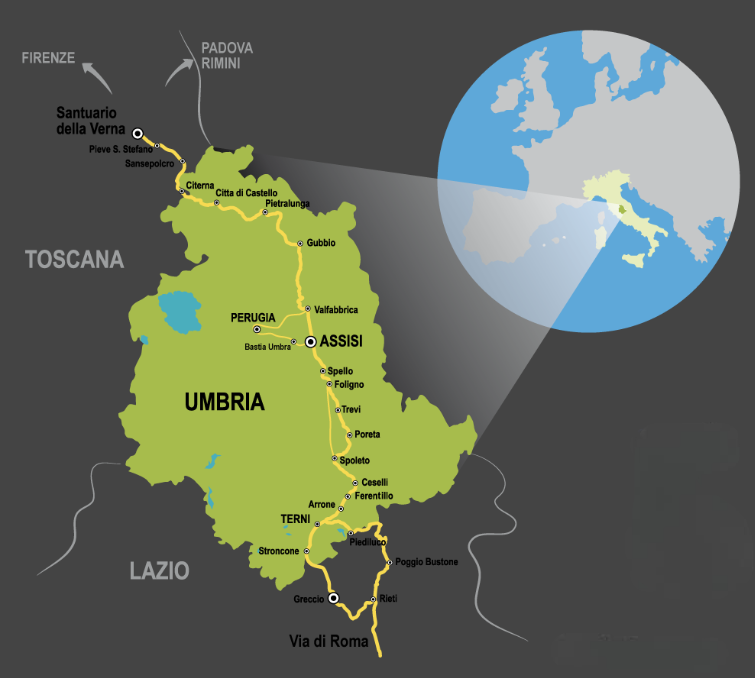
The Stages of The St. Francis Way
- Northan way stage – 1
Starts: La Verna (Arezzo)
Arrive: Pieve Santo Stefano (Arezzo)
Distance: 14,9 km
Difficulty: medium
- Northan way stage – 2
Starts: Pieve Santo Stefano (Arezzo)
Arrive: Sansepolcro (Arezzo)
Distance: 35,17 km
Difficulty: very challenging
- Northan way stage – 3
Starts: Sansepolcro (Arezzo)
Arrive: Citerna (Arezzo)
Distance: 12,17 km
Difficulty: rather easy
- Northan way stage – 4
Starts: Citerna
Arrive: Citta di Castello
Distance: 19,9 km
Difficulty: medium
- Northan way stage – 5
Starts: Citta di Castello
Arrive: pietralunga
Distance: 29,54 km
Difficulty: challenging
- Northan way stage – 6
Starts: pietralunga
Arrive: Gubbio
Distance: 26,15 km
Difficulty: medium
- Northan way stage – 7
Starts: Gubbio
Arrive: Valfabbrica
Distance: 38 km
Difficulty: challenging
- Northan way stage – 8
Starts: Valfabbrica
Arrive: Assisi
Distance: 13,46 km
Difficulty: rather easy
- Northan way alternative, stage – 8A
Starts: Valfabbrica
Arrive: Perugia
Distance: 29,2 km
Difficulty: challenging
- Northan way alternative, stage – 8B
Starts: Perugia
Arrive: Assisi
Distance: 25,37 km
Difficulty: medium
- Southern way, stage – 1
Starts: San pietro, Rome
Arrive: Monte Sarco, Rome
Distance: 15,21 km
Difficulty: rather easy
- Southern way, stage – 2
Starts: Monte Sarco, Rome
Arrive: Monterotondo, Rome
Distance: 18,05 km
Difficulty: rather easy
- Southern way, stage – 3
Starts: Monterotondo, Rome
Arrive: Ponticelli di Scandriglia
Distance: 28,89 km
Difficulty: medium
- Southern way alternative, stage – 3A
Starts: Acquaviva di Nerola, Rome
Arrive: Ponticelli di Scandriglia
Distance: 26,27 km
Difficulty: challenging
- Southern way, stage – 4
Starts: Ponticelli di Scandriglia
Arrive: Poggio San Lorenzo
Distance: 20,41 km
Difficulty: challenging
- Southern way, stage – 5
Starts: Poggio San Lorenzo
Arrive: Retti
Distance: 21,82 km
Difficulty: medium
- Southern way, stage – 6
Starts: Retti
Arrive: Poggio Bustone
Distance: 17,80 km
Difficulty: medium
- Southern way alternative, stage – 6A
Starts: Retti
Arrive: Greccio
Distance: 23,45 km
Difficulty: medium
- Southern way alternative, stage – 6B
Starts: Greccio
Arrive: Terni
Distance: 21,93 km
Difficulty: rather easy
- Southern way alternative, stage – 6C
Starts: Terni
Arrive: Arrone
Distance: 15,70 km
Difficulty: rather easy
- Southern way, stage – 7
Starts: Poggio Bustone
Arrive: Piediluco
Distance: 22 km
Difficulty: challenging
- Southern way, stage – 9
Starts: Arrone
Arrive: Ceselli
Distance: 14,64 km
Difficulty: rather easy
- Southern way, stage – 10
Starts: Ceselli
Arrive: Spoleto
Distance: 16,24 km
Difficulty: challenging
- Southern way, stage – 11
Starts: Spoleto
Arrive: Poreta
Distance: 15,55 km
Difficulty: medium
- Southern way, stage – 12
Starts: Poreta
Arrive: Trevi
Distance: 12 km
Difficulty: medium
- Southern way, stage – 13
Starts: Poreta
Arrive: Foligno
Distance: 12,45 km
Difficulty: rather easy
- Southern way, stage – 14
Starts: Foligno
Arrive: Assisi
Distance: 19,35 km
Difficulty: rather easy
- Southern way, stage – 14 (hiking)
Starts: Foligno
Arrive: Assisi
Distance: 22,25 km
Difficulty: challenging
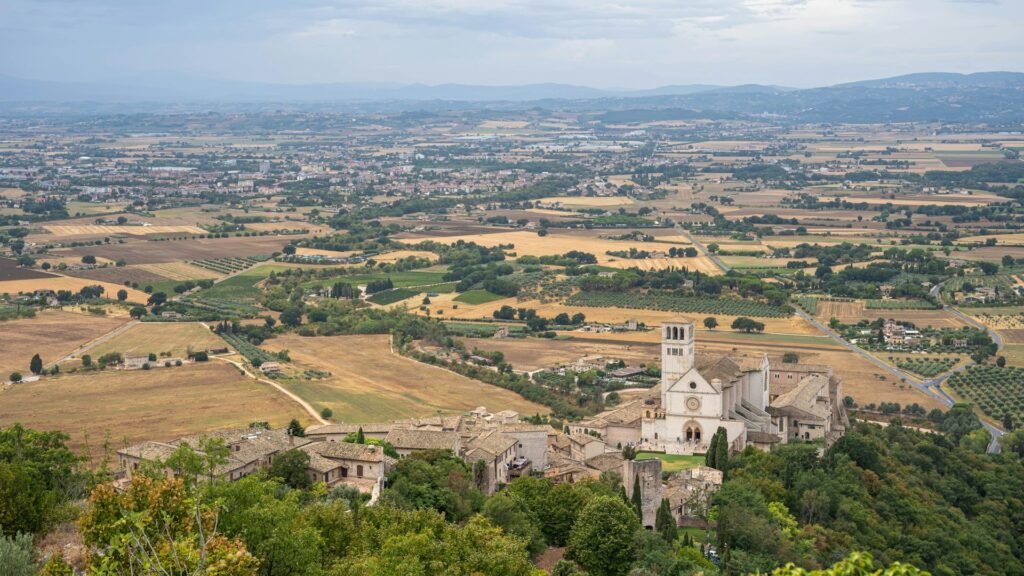
St. Francis pilgrimage, Italy. FAQs
What is the Way of St. Francis pilgrimage in Italy and where does it begin and end?
The Way of St. Francis is a long-distance pilgrimage that follows the life and footsteps of St. Francis of Assisi. It runs from Florence to Rome, with Assisi as the spiritual heart of the journey.
How many stages are there on the Northern and Southern routes of the Way of St. Francis, and what are their distances?
The pilgrimage can be divided into Northern stages from Florence to Assisi (about 550 km) and Southern stages from Assisi to Rome (about 240 km). Each section is broken into daily walks of 15–30 km.
Which towns, sanctuaries, and holy sites should pilgrims not miss along the St. Francis Way?
Highlights include La Verna Sanctuary, Gubbio, Assisi’s Basilica of St. Francis and the Rieti Valley sanctuaries. These sites connect pilgrims to the history, faith, and landscapes of St. Francis.
What is the best time of year to walk the Way of St. Francis, considering weather, trail conditions and crowds?
The best time to walk is spring (April–June) and autumn (September–October), when the weather is mild and trails are less crowded. Summer can be hot and some winter stages may be difficult due to snow.
How difficult is the pilgrimage route of St. Francis in terms of terrain, elevation change and daily walking distances?
The Way of St. Francis is moderate to challenging, with steep climbs, forest paths and mountain sections. Pilgrims should expect daily walks of 5–8 hours, depending on the chosen route.
What accommodations are available along the Way of St. Francis and how do pilgrims arrange lodging?
Pilgrims can stay in monasteries, hostels, B&Bs and small hotels along the route. Many require advance booking, especially in smaller towns or during peak pilgrimage season.
How can I obtain the pilgrim’s credential and Testimonium on the Way of St. Francis?
The pilgrim’s credential (passport) can be requested at starting points, churches or associations before beginning the walk. The Testimonium of Peregrinatione is given in Rome or Assisi after completing the required distance.
Are the trails of the Way of St. Francis well-marked and is it necessary to use GPS or guidebooks?
The trail is marked with yellow and blue signs and is generally easy to follow. A guidebook or GPS app is still recommended for planning, daily distances and alternative routes.
What safety considerations should pilgrims keep in mind while walking the Way of St. Francis solo or in small groups?
Pilgrims should carry enough water, wear sturdy footwear and check weather forecasts daily. Walking in pairs or groups is safer in remote sections and keeping local emergency numbers is advised.
What transport options exist to reach start points or return from Assisi or Rome after completing the pilgrimage?
The Way of St. Francis is accessible by train and bus connections from major cities like Florence, Perugia and Rome. After finishing in Assisi or Rome, regular trains and buses make travel easy across Italy.
Start Your Adventure! St. Francis pilgrimage Italy
So, If you’re looking for a journey of holy adventure or something accomplishment, then walking in the footsteps of St. Francis, a pilgrimage like no other.


